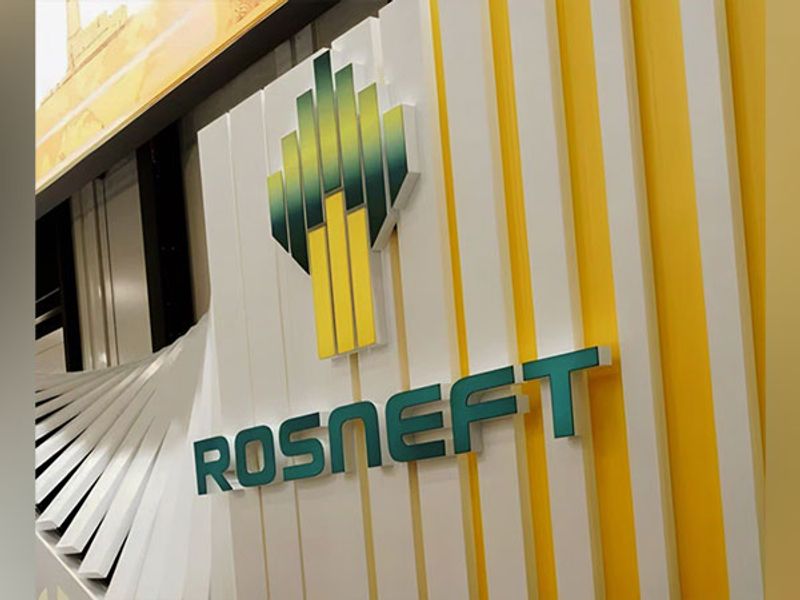Copyright thehindubusinessline

To initiate a long call position, you typically select three strikes immediately above the underlying’s current price and pick the one with the highest positive change in open interest (OI). The argument is that you must close your position to capture gains because the options are European and can be exercised only at expiry. A positive change in OI suggests there is liquidity to close your long position. But what if an immediate in-the-money (ITM) strike is cheaper in terms of implied volatility than any of the three out-of-the-money (OTM) strikes? This week, we discuss the trade-off you must make when you choose an ITM option instead of the OTM strikes. Option price consists of two components- intrinsic value and time value. The intrinsic value of an ITM call is the difference between the spot price and its strike price. The time value of an option is determined by backing out the intrinsic value from the option price. Suppose there is an instantaneous increase in demand for a strike. The higher demand will increase the option price. If there is no change in other factors that determine an option price (spot price, risk-free rate, time to expiry and volatility), the increase in option price will lead to increase in time value. Now, time value has two components- time to expiry and implied volatility. The time to expiry remains unchanged, as the change in option price happens intraday. This means the increase in time value leads to increase in implied volatility. Of course, spot price and volatility could also change as the demand for a strike increases. Nonetheless, there could be an increase in the option’s implied volatility. The converse is also true. If an immediate ITM option does not have much demand, its implied volatility could be lower than the three OTM strikes. Should you buy the ITM strike if its implied volatility is lower? The ITM call you buy will become deeper ITM when you sell it, if the underlying moves up. As a strike become deeper ITM, its demand will decrease. That means lower time value, when you sell the option. The positive side is that time decay will be lower when you sell because the time value was low when you bought it. Also, its intrinsic value will move one-to-one with the underlying. That means, for a given view on the underlying, you will be able to capture significant gains from an ITM call because of its greater delta. Can you sell the option? If you have a long position open, there ought to be a counterparty with a short position to match your trade. Optional reading You need large trading capital to buy an immediate ITM strike compared to the OTM strikes. If you determine your trade based on absolute gains, it may be, perhaps, worthwhile as a retail trader to consider the immediate ITM strike, if the implied volatility is lower. (The author offers training programmes for individuals to manage their personal investments) Published on October 25, 2025



